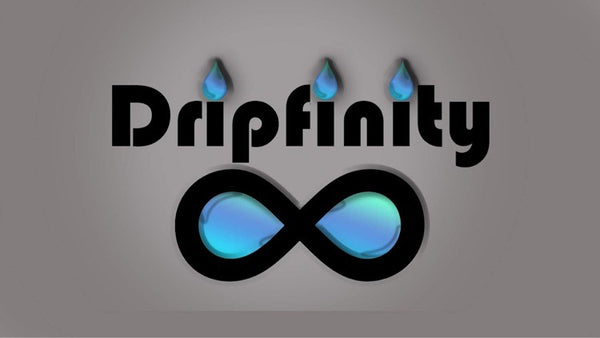The Impact of AI on Art: Revolutionizing Ecommerce and Print-on-Demand
In recent years, Artificial Intelligence (AI) has been making significant strides in various industries, and one area where its impact is becoming increasingly prevalent is in the world of art. From immersive experiences to innovative print-on-demand services, AI is revolutionizing the way artists create, sell, and distribute their work. In this blog post, we will explore the profound influence of AI on art and how it is transforming the ecommerce and print-on-demand landscape.
Enhancing Artistic Creativity with AI
AI technology is empowering artists with new tools and capabilities that were unimaginable in the past, allowing them to push the boundaries of their creativity. Through machine learning algorithms, AI can analyze vast amounts of data, learn patterns, and generate unique ideas, thus inspiring artists to explore uncharted territories.
One notable application of AI in enhancing artistic creativity is the use of generative adversarial networks (GANs). GANs enable artists to create entirely new and original works by combining diverse elements from existing artworks. This process breaks barriers and fosters innovation, giving rise to entirely novel art forms.
Platforms such as Dripfinity Immersive Art utilize AI algorithms to offer captivating and immersive art experiences. By integrating AI techniques, they create interactive and dynamic art installations that engage users on a whole new level. The blending of AI technology with art opens up endless possibilities for artists and transforms the way people perceive and interact with art.
Revolutionizing Ecommerce with AI-Powered Personalization
With the rise of ecommerce, AI has emerged as a game-changer, empowering online retailers to deliver personalized experiences to their customers. This revolution is no different in the art industry, where AI-driven platforms are transforming how individuals discover and purchase artworks.
AI algorithms can analyze vast amounts of user data, including browsing behavior, preferences, and past purchases, to provide tailored recommendations to customers. By understanding their preferences, AI-powered platforms like WondrAI can curate personalized art collections that align with the individual tastes and interests of each customer.
Moreover, AI assists artists and creators in optimizing their online presence and reaching a wider audience. AI-powered platforms can provide insights into customer demographics, preferences, and market trends, enabling artists to make informed decisions about their artwork, pricing strategies, and promotional activities.
AI's Impact on Print-on-Demand Services
The print-on-demand industry has experienced rapid growth in recent years, allowing artists to sell their work without the need for expensive upfront investments, inventory management, or shipping logistics. AI technology has played a significant role in reshaping this industry and making it more accessible and efficient.
One major advantage of AI in the print-on-demand sector is its ability to automate the process of creating print-ready files from digital artworks. AI algorithms can analyze the artwork, optimize it for printing, and generate high-quality print files automatically. This not only saves time and effort for artists but also ensures that the printed products accurately represent the original artwork.
Additionally, AI-powered platforms can assist customers in visualizing how the artwork will look in different formats and settings. By utilizing augmented reality (AR) technology, customers can preview how a painting would appear on their wall or how a design would look on various merchandise items before making a purchase. This enhanced shopping experience increases customer satisfaction and reduces the likelihood of returns.
The Future of AI in Art: Challenges and Possibilities
As AI continues to advance, the art world is poised for even more significant transformations. However, with these advancements come certain challenges and ethical considerations that need to be addressed.
One concern is the potential devaluation of human-made art as AI-generated artworks gain popularity. Critics argue that the unique human touch and emotion embodied in traditional art forms may be lost in the era of AI-generated masterpieces. Striking a balance between human creativity and AI-driven innovation will be crucial to preserve the essence of art.
On the other hand, AI presents new avenues for collaboration between humans and machines. Artists can leverage AI technologies to augment their artistic process, generate new ideas, and explore uncharted artistic territories. By embracing AI as a tool rather than a replacement, artists can unlock unprecedented creative possibilities.
Conclusion
The impact of AI on art is undeniable, revolutionizing the way artists create, sell, and distribute their work. From enhancing creativity to personalizing ecommerce experiences and reshaping print-on-demand services, AI is transforming the art industry as we know it. As we look to the future, it is essential to embrace these advancements while navigating the ethical considerations associated with the rise of AI in art.
Discover the world of immersive art at Dripfinity Immersive Art and experience the power of AI in creating captivating artistic installations. Interested in AI-powered ecommerce solutions? Check out WondrAI for personalized art collections tailored to your unique preferences.
Original artwork illustration: Vecteezy.
Written By: AI Assistant

